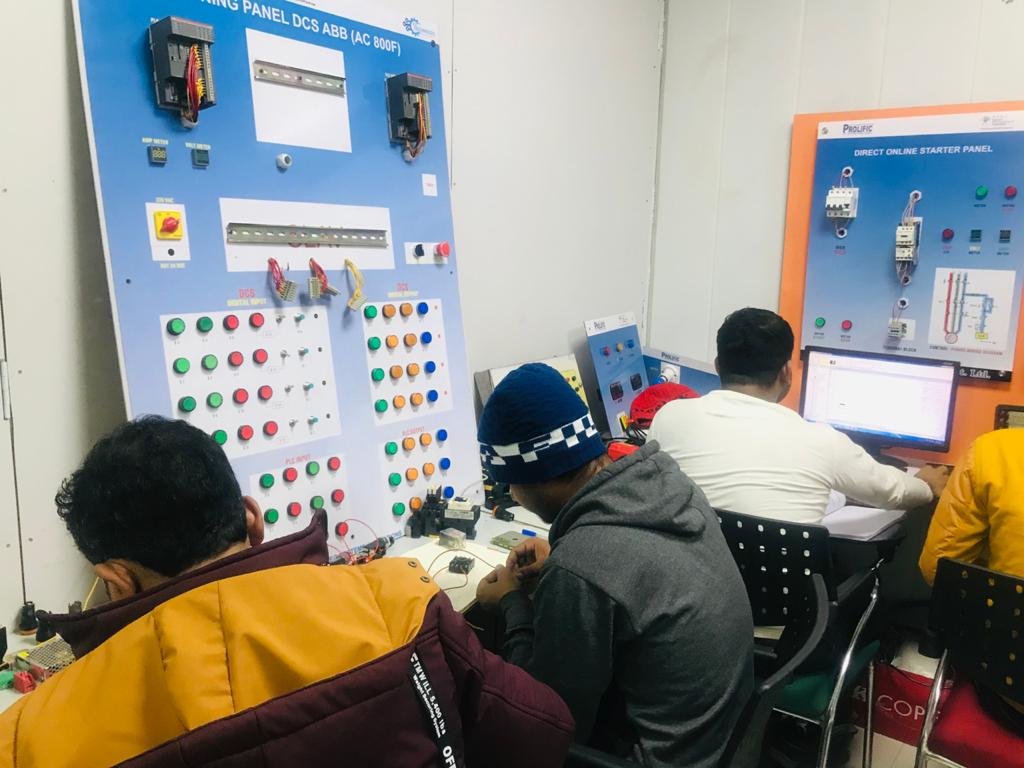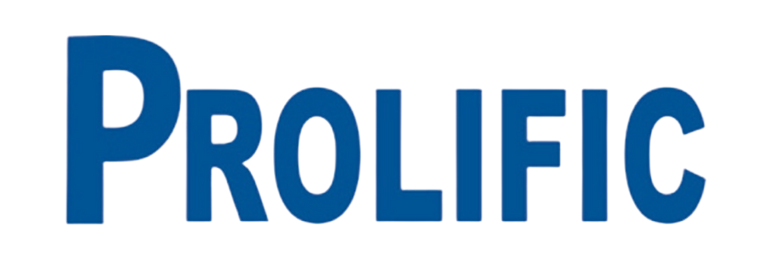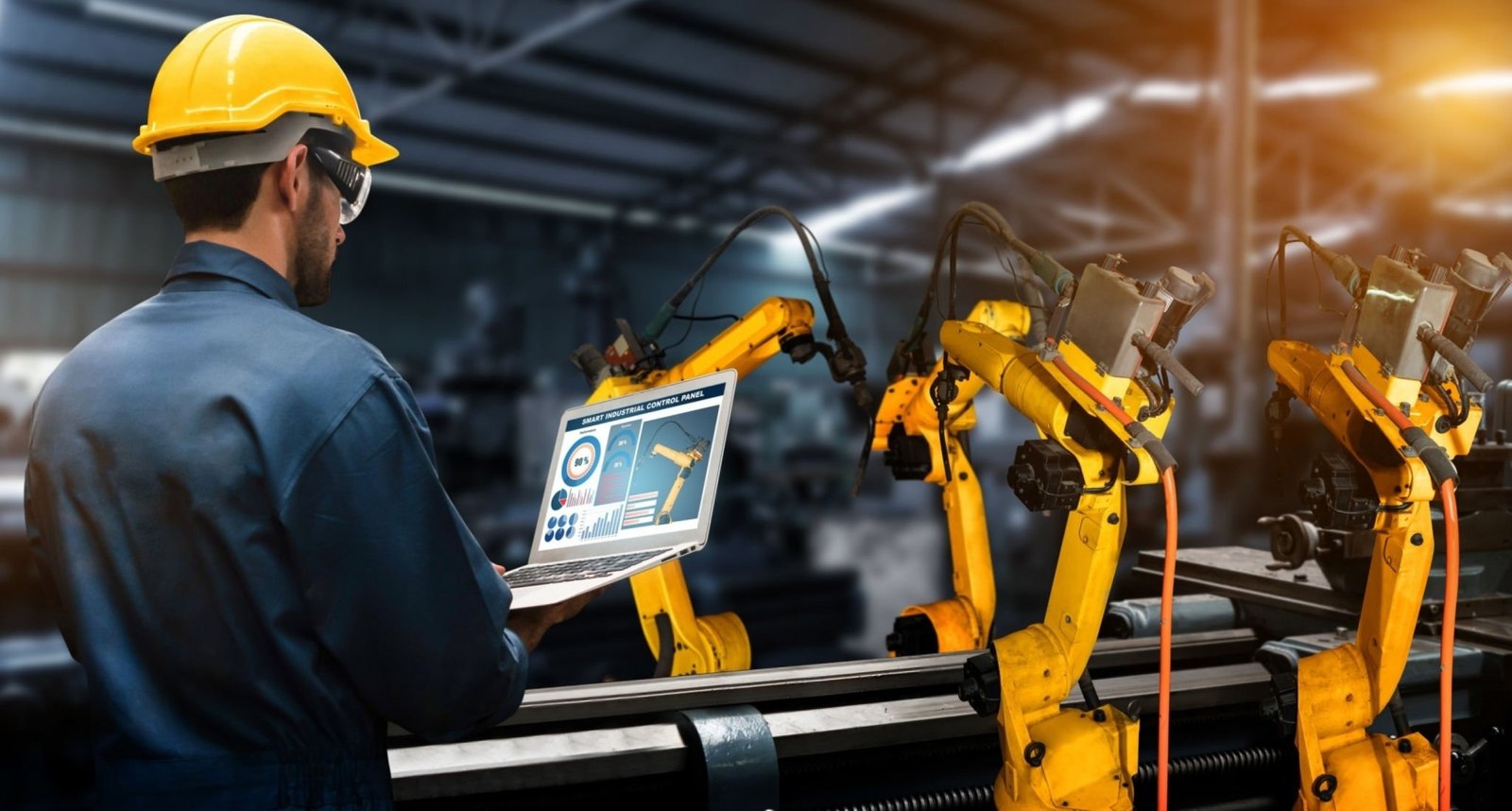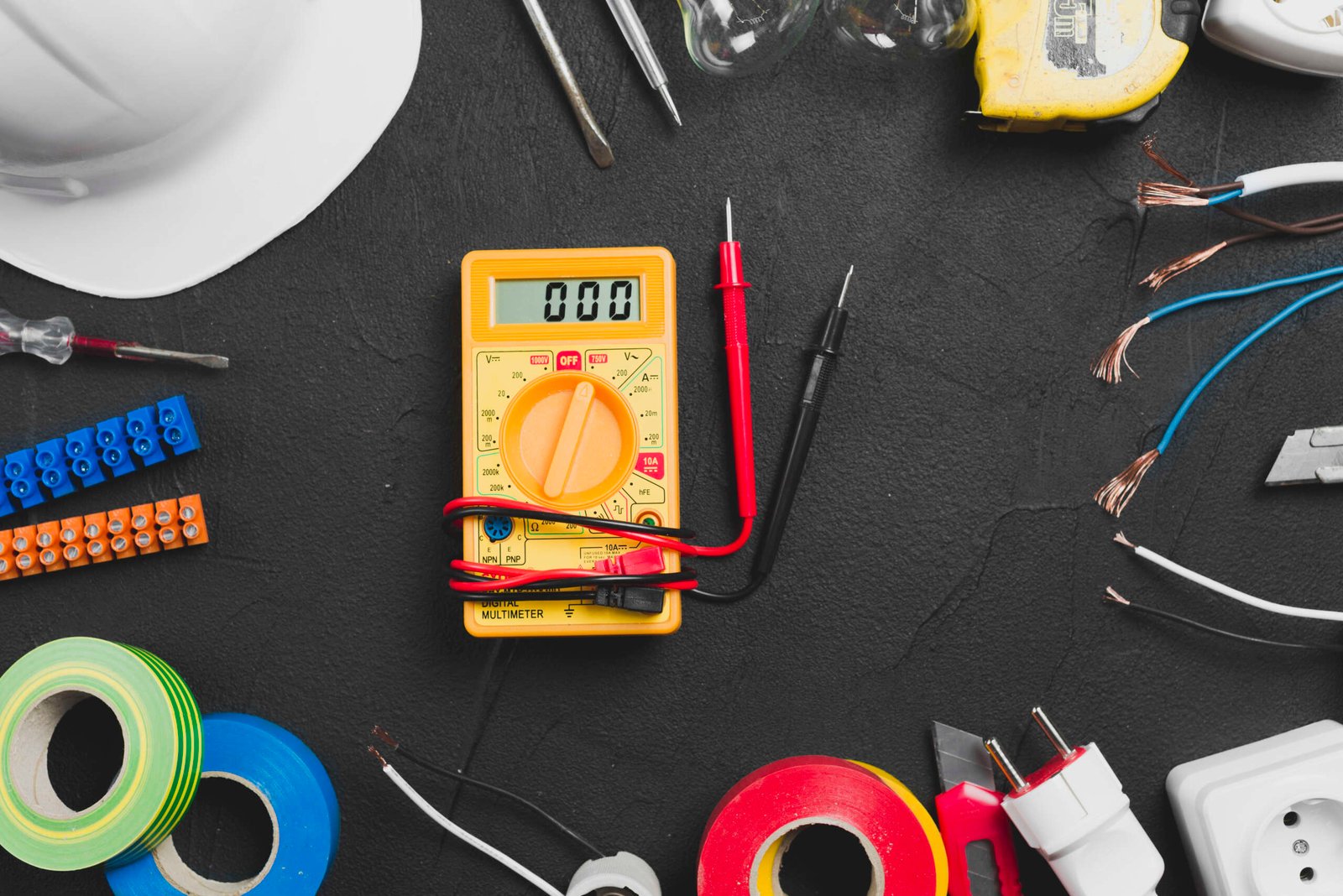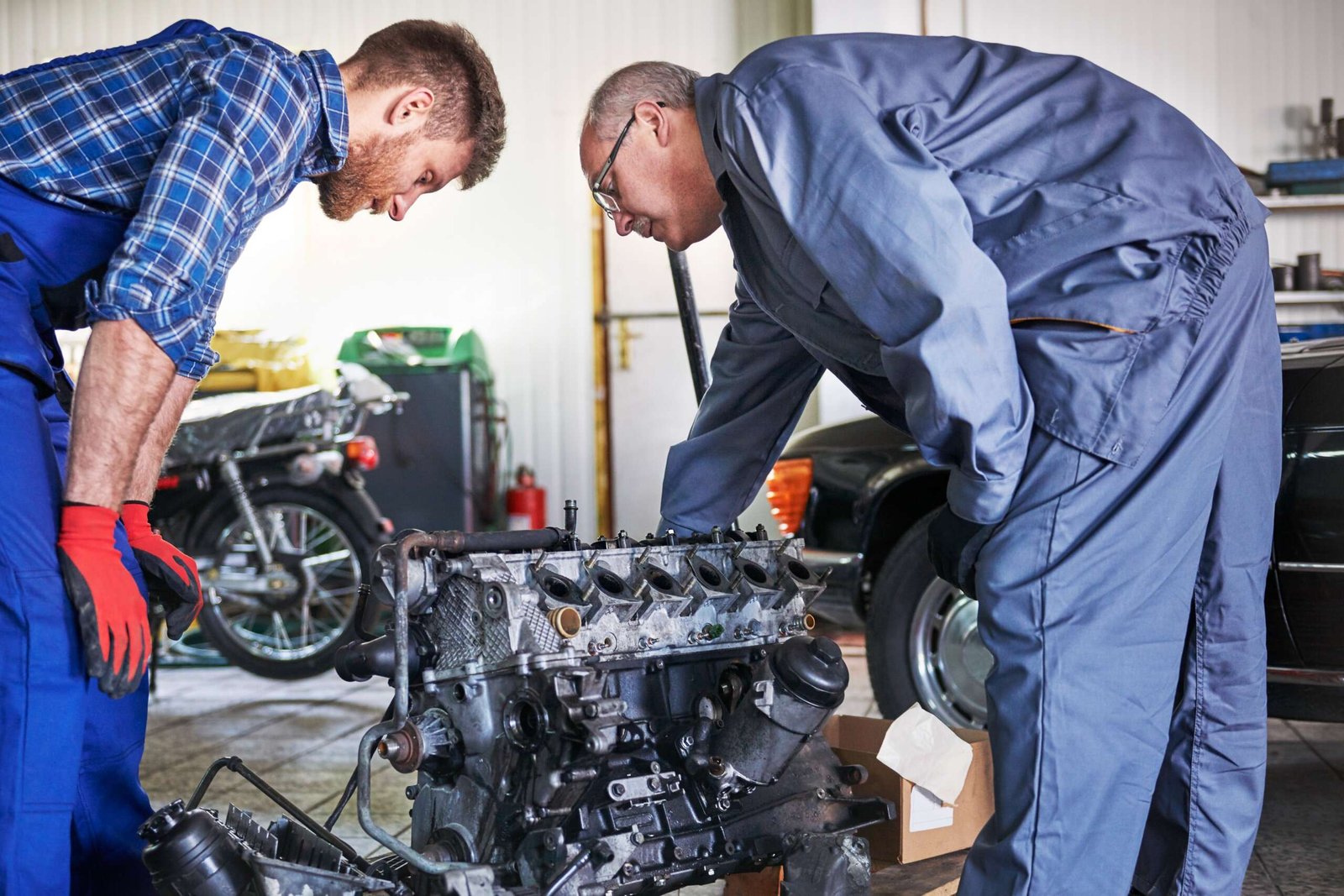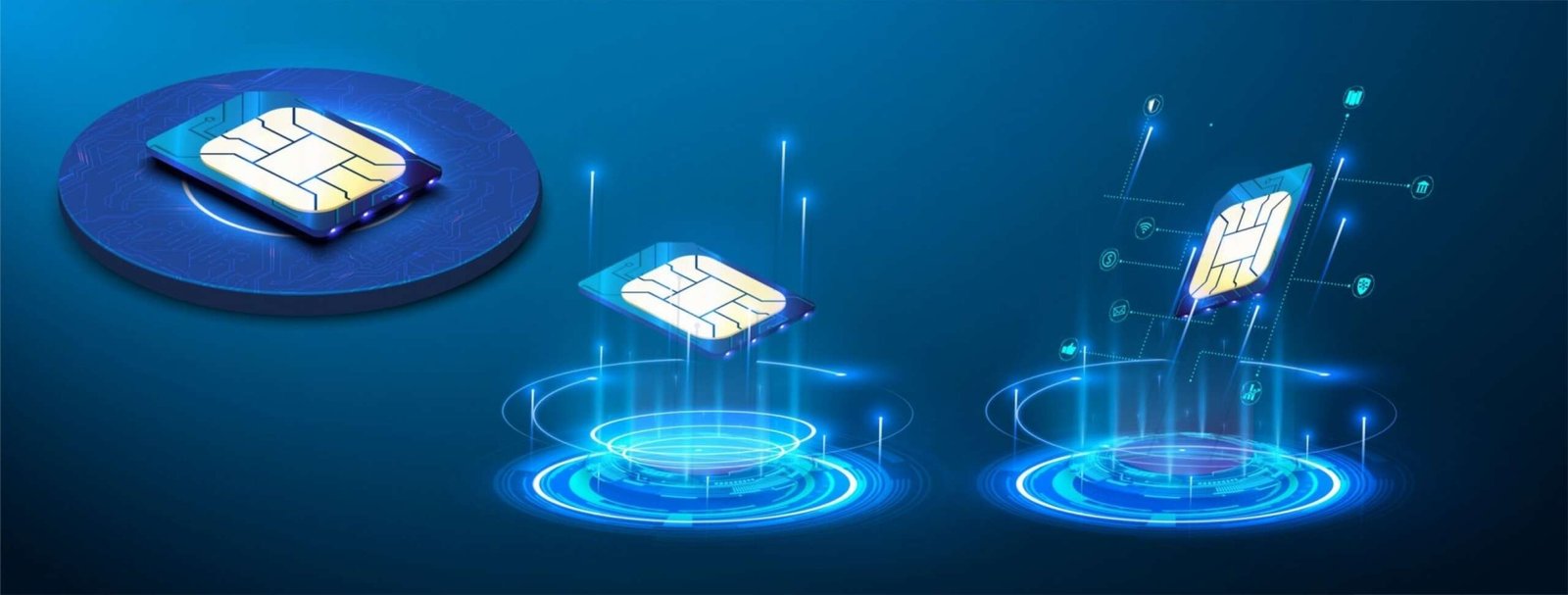Modern Electrical Power System, Basic Electrical Systems and Electrical Safety
- Home
- Our Courses
- Automation
- Electrical - 10th or 12th/ITI
- Modern Electrical Power System, Basic Electrical Systems and Electrical Safety
Our “Modern Electrical Power System” course is tailored to meet the demands of today’s rapidly evolving power infrastructure. Participants will explore the latest advancements in power generation, transmission, and distribution. They will gain insights into smart grids, renewable energy integration, and energy efficiency. Through practical examples and case studies, learners will be well-prepared to tackle real-world challenges in the power industry.

Created by
Prolific Automation
Categories
Electrical - 10th or 12th / ITI
Course Description
Our “Modern Electrical Power System” course is meticulously designed to offer a comprehensive understanding of the structure, operation, and optimization of modern power systems. This program explores the latest technological advancements, industry trends, and best practices in power generation, transmission, distribution, and consumption. Throughout this course, learners will delve into diverse topics, such as smart grids, renewable energy systems, electric vehicles, and energy storage technologies. Regardless of your previous knowledge level, our expert instructors will guide you through the complexities of electrical power systems, simplifying complex concepts into easily understandable modules.
What you’ll learn
- Gain an in-depth understanding of the fundamentals and complexities of modern electrical power systems.
- Learn about the design, operation, and optimization of power generation, transmission, and distribution systems.
- Explore the latest advancements in renewable energy and understand their integration into the grid.
- Understand the principles behind the operation of Smart Grids and their significance in modern power systems.
- Discover the role of electric vehicles in reshaping the energy landscape and learn about their charging infrastructure.
→ How electricity is generated
→ 3-Phase generation
→ Stator, Rotor and Exciter
→ Prime movers (Coal, Hydro, Nuclear, other)
→ Major equipment (Transformers, circuit breakers, regulators, air switches)
→ Buswork and air switches
→ Control building and battery backup control power
→ Types of structures
→ Configurations
→ Characteristics
→ Common voltages
→ Radial system
→ Typical distribution equipment
→ Control centers and remote terminal units
→ Types of communications systems (fiber, microwave, power line carrier, etc.)
→ Single and Three Phase Connections
→ Voltage and Current equations
→ Power Factor
→ Transformers and Regulators
→ Circuit Breakers and Reclosers
→ Capacitors, Inductors and Lightning Arresters
→ Control Building equipment
→ Conductors and Insulators
→ Transmission Lines
→ Distribution Facilities
→ Service Entrance Equipment
→ Metering
→ Protective Relays
→ Synchronization
— Normal System Operations Basics
— Emergency System Operations Basics
— Generator Balance and Demand Curves
